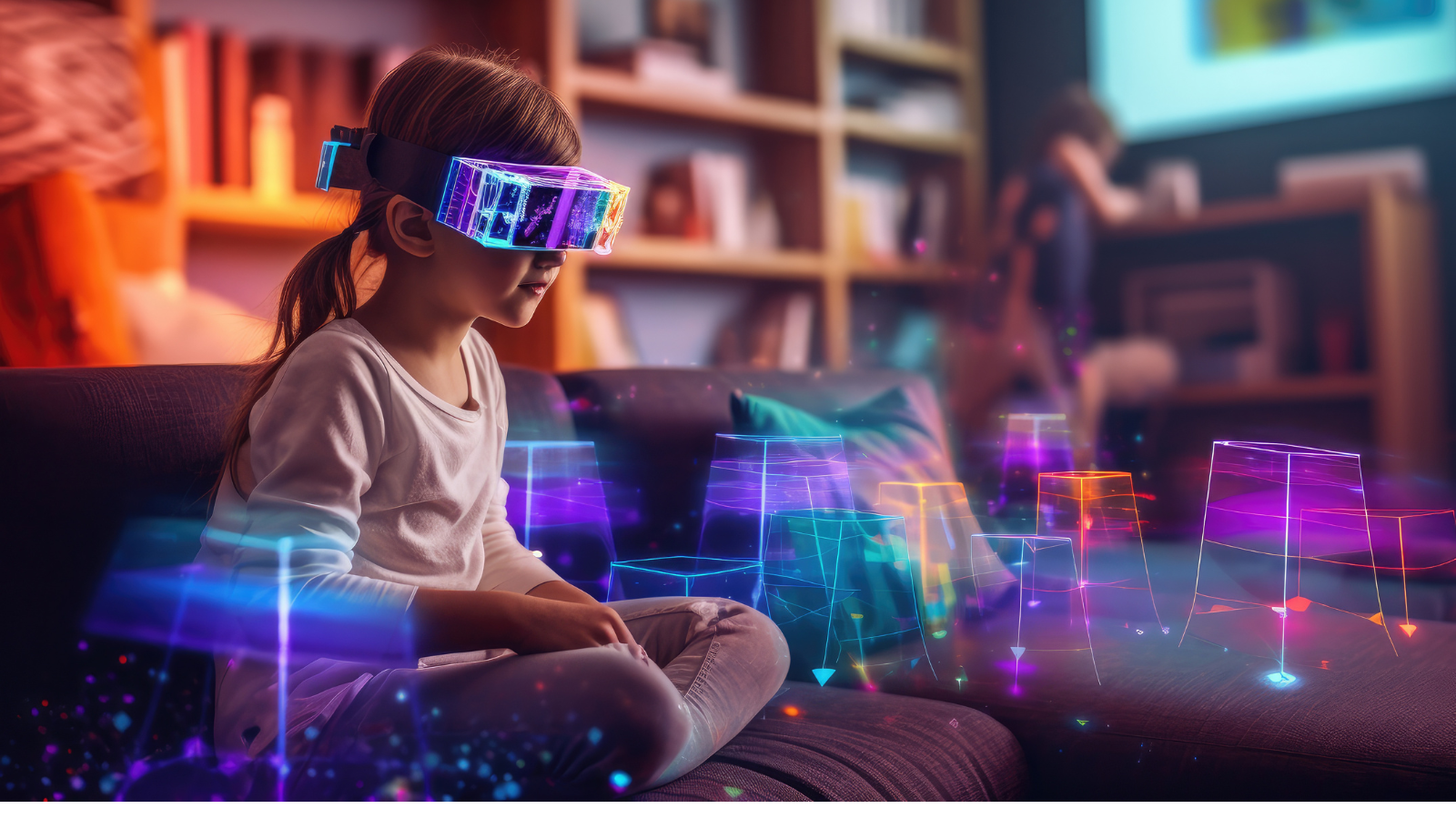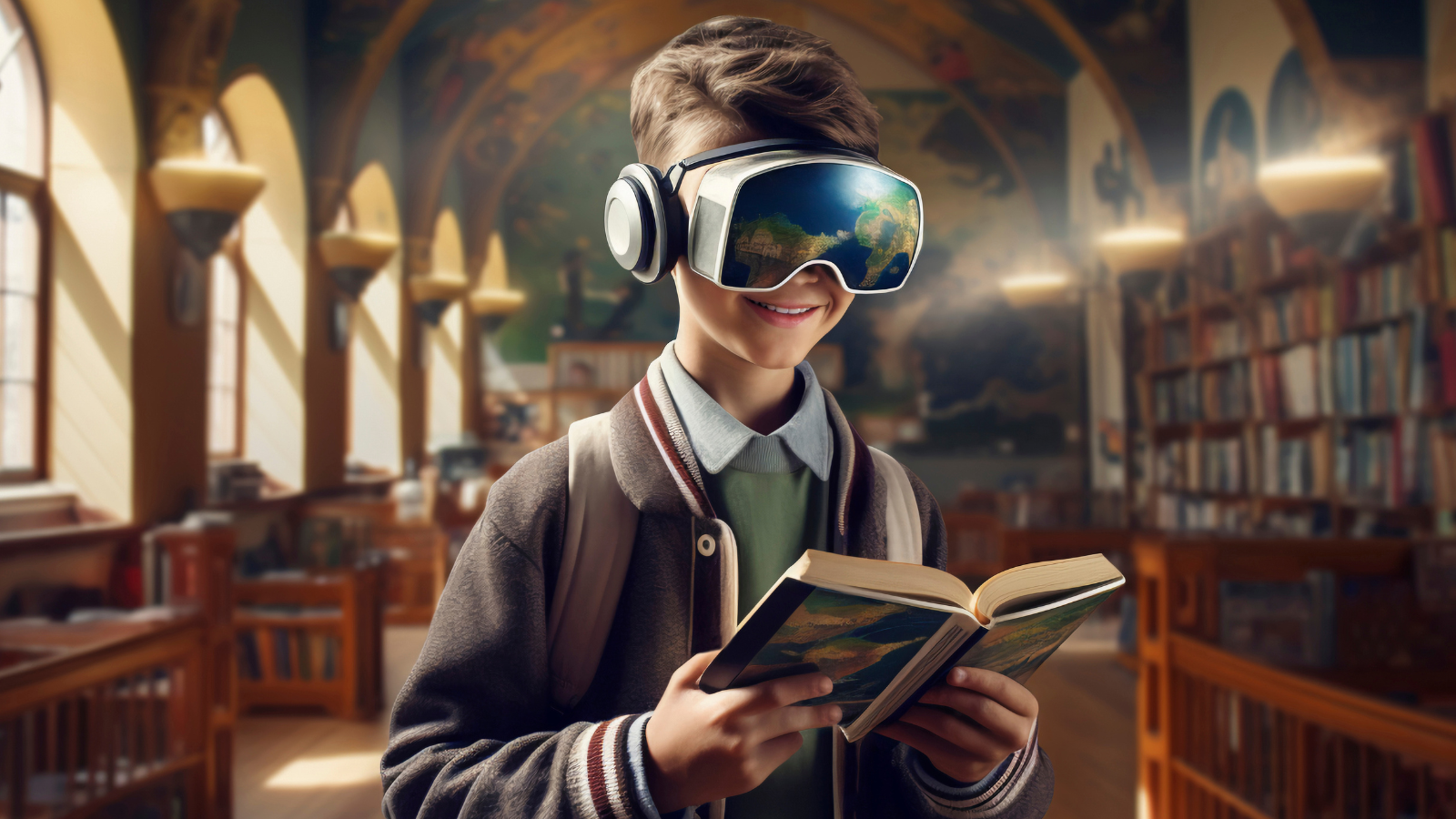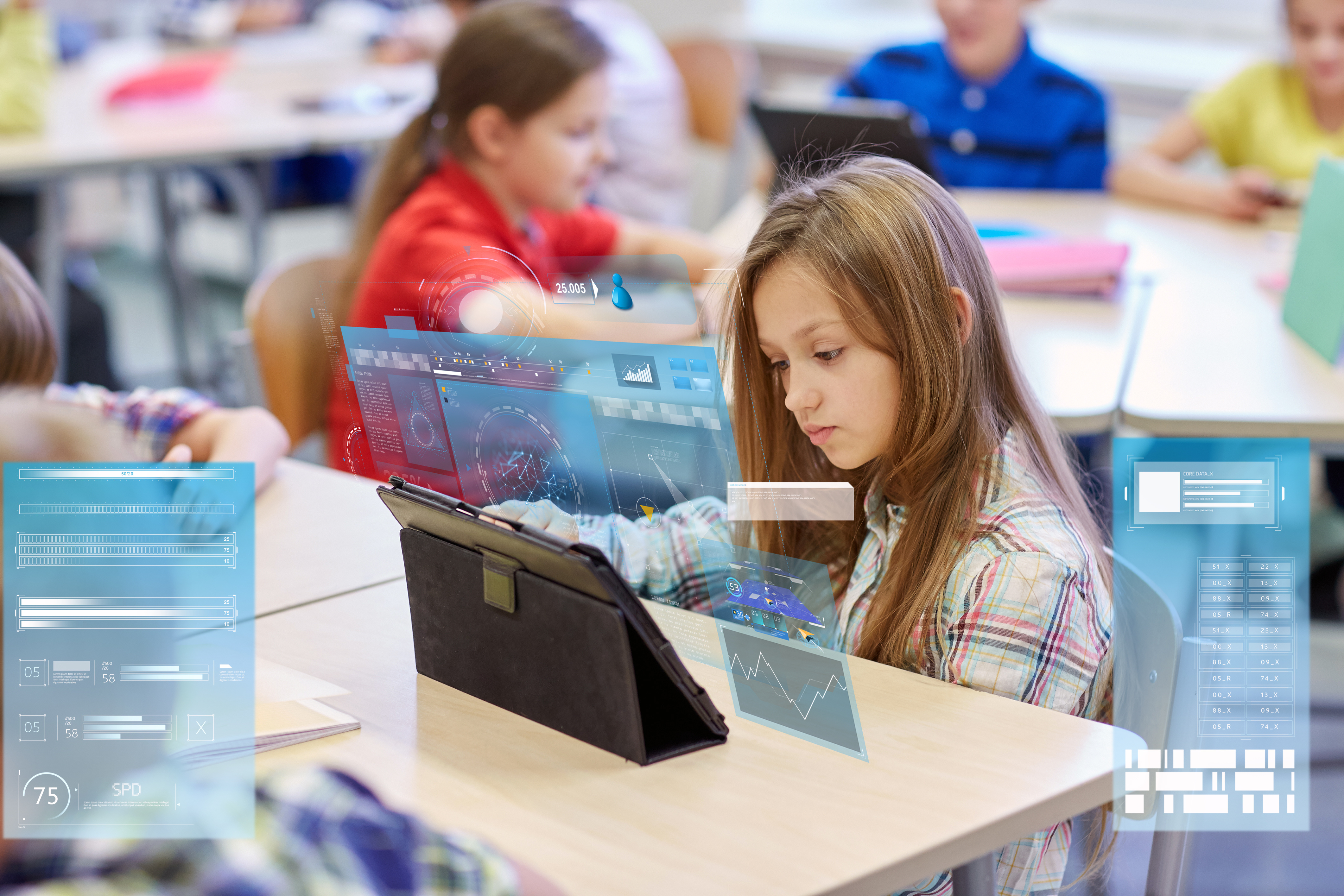AI in Education: AI Literacy. What do schools need to know?
The EU AI Act’s first provisions came into effect this month, including the requirement for schools to ensure the appropriate level of AI literacy...
7 min read
 9ine
:
Feb 17, 2025 11:38:48 AM
9ine
:
Feb 17, 2025 11:38:48 AM

Imagine that schools started using interactive avatars of their teachers, who looked, behaved and sounded just like them. What are the opportunities, but also the risks? In this article we take a closer look at both, and what schools need to do.
Schools have been using images and recordings of teachers and students for decades. From capturing memories of special school events to the use of them on staff identification badges, this is not a new phenomenon. With the increasing availability of video recording technology, schools have also been able to record lessons, tutorials and other content featuring teachers, to be reused and available to students on demand. But what happens when Artificial Intelligence (AI) is applied to these, and how do schools, teachers, students and parents feel about the prospect of using these to create AI-powered avatars of teachers to assist students with their learning?
The phrase ‘a picture can tell a thousand words’ takes on a whole new meaning in the context of Artificial Intelligence. AI can be applied to images, videos and voice recordings to analyse and identify individuals, through methods such as facial and voice recognition and speech, typing, posture and gait analysis. It can also be used to create full digital representations of individuals.
Avatars, which are icons or figures representing a particular person, are also not a new phenomenon. Ranging from the humble username to the Bitmoji avatars which many teachers were using to create fun and engaging virtual classrooms in the pandemic, schools have been using avatars in education for a while. But, the capabilities of AI create a whole new range of opportunities for the use of avatars in education, and for the use of images and recordings of teachers and students. AI can be applied to images and recordings to create complex graphical characters that mirror a person’s appearance and personality. Whilst this may seem like a Black Mirror-esque concept, these avatars are already present and being used in society today. From companies using them as virtual sales assistants to answer questions about products, to virtual fitting rooms where customers can create avatars of themselves and try on clothes virtually. The ‘phygital’ world is here. So what would be the opportunities for schools, of using avatars in education?
With AI, avatars can be autonomous, emotionally responsive and act human-like. They can be available real-time and provide individual interactions and personalised responses. Studies have shown that the use of interactive avatars in education can improve student engagement and foster interactions between students and teachers, as well as amongst peers. They can be used to support virtual classrooms and easily incorporate gamification into learning. One of their key benefits is that they can be available in real-time, when the teacher may not be, and can support multiple students simultaneously, providing individual responses and personalised learning paths for students based on their needs. This improves the educational experience and creates efficiencies for the teacher (and the school) who can focus on other tasks.
Schools are already using interactive avatars in education. From virtual tutors and mentors that can provide instant and personalised, targeted instructions and feedback, to study companions which can help students stay organised, motivated and on track, by helping them to set goals and reminding them of deadlines. Another key area where avatars are being used in education is in language learning, where avatars can replicate real conversations with students, in the language of their choice, providing an immersive language learning environment in a wider range of languages than the teacher may be able to.
But as with all things with Artificial Intelligence, whilst there are many opportunities there are many risks and what happens if schools or teachers want to use avatars that are replicas of their own appearance, characteristics, voice and mannerisms? What do they need to consider?
Whilst bringing many opportunities, the use of interactive avatars in education creates a number of risks and challenges, particularly where teachers create avatars depicting themselves to interact with students.
There are risks to the privacy and data protection of individuals whenever additional personal data is processed. From the personal data it would take to generate an avatar, to the personal data that can be collected about students and pupils from their interactions with them, the decision to use avatars in education is likely to involve additional personal data collection. Students may also be more likely to share personal information with the avatar (particularly where it depicts their teacher) meaning that the school may end up collecting and processing more, and different types of personal data, than they intended to about students.
Where schools and teachers opt to use an aspect of their individual characteristics, from voice or image alone, through to an avatar which mirrors their full appearance, personality and behaviours, this also creates risks and challenges. Schools will need to consider their lawful basis for this, which is the reason that allows them to process personal data. Will they offer this to teachers and get their consent for the processing? Will they see this as a necessary part of their employment going forward, given the opportunities that avatars can bring, meaning that teachers will have no choice? These are all questions that schools will need to consider.
The ownership of the avatar, the control over it and the responsibility for it also brings complexities. Does the teacher own it because it depicts them? Does the school own it because they have paid for the AI system that powers it? Where a third party EdTech vendor’s system is being used, does the EdTech vendor have any rights over the avatar? These are also important issues which schools will need to consider. What will happen if a teacher leaves, or requests that their avatar be deleted? What if this is being used by students as a key learning tool and teachers leave part way through the academic year? Do schools have the technical and organisational measures and processes in place to delete the avatar and ensure that this is done by any EdTech vendors? Schools will need to think carefully about how they navigate these issues.
The use of avatars also creates risks and challenges for cybersecurity. With schools already being lucrative targets for cyberattackers, access to avatars depicting teachers, or access to avatars that interact with children is going to be appealing. Having control of an individual’s identity can be used for fraud, for more sophisticated phishing attacks and to circulate misinformation, using the credibility of the person’s identity for legitimacy. While unauthorised access to personal data can always lead to harm, it becomes even more personal when someone else has the ability to manipulate your appearance, voice, mannerisms and behaviours.
Child safety is another area where the use of avatars creates risks and challenges. The increasing use of technology in education can create risks of cognitive overload for students and pupils, as well as the risks of increasing technology addiction and dependency. The increasing use of avatars in education can also lead to decreased human interaction, with students preferring to interact with the avatar rather than the teacher or other peers. Children are also more vulnerable generally to developing emotional dependencies on avatars, leading to emotional harm which could impact their understanding of real-world relationships. If schools are encouraging students to create avatars of themselves, they will also need to consider the increased risks of cyberbullying and sextortion if these were to fall into the wrong hands.
It is clear that the use of interactive avatars, powered by AI, can bring a number of opportunities to education, but also risks and challenges, so what do schools need to do if they want to realise these opportunities, whilst avoiding the risks and harms?
In following these steps, schools can look to realise the benefits of interactive avatars, powered by AI, whilst navigating the risks and challenges that they can create. At 9ine we offer a number of products and services that can help schools in meeting their Artificial Intelligence compliance requirements, specific solutions include:
9ine equips schools to stay safe, secure and compliant. We give schools access to all the expertise they need to meet their technology, cyber, data privacy, governance, risk & compliance needs - in one simple to use platform. For additional information, please visit www.9ine.com or follow us on LinkedIn @9ine.

The EU AI Act’s first provisions came into effect this month, including the requirement for schools to ensure the appropriate level of AI literacy...

Looking for a fun, free and engaging way to have discussions about the opportunities and risks of AI in education? Well look no further, as 9ine are...

Happy International Privacy Day! A day which is celebrated globally by raising awareness and promoting best practice for privacy and data protection....